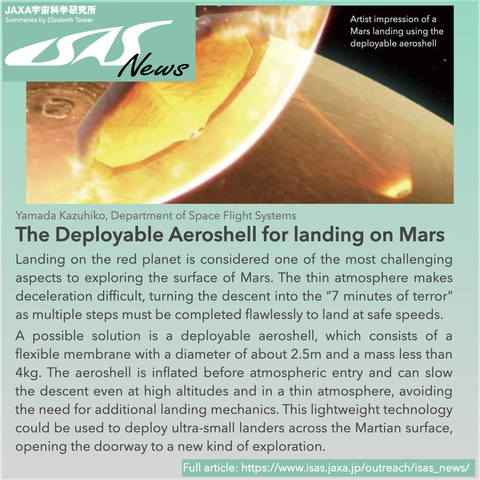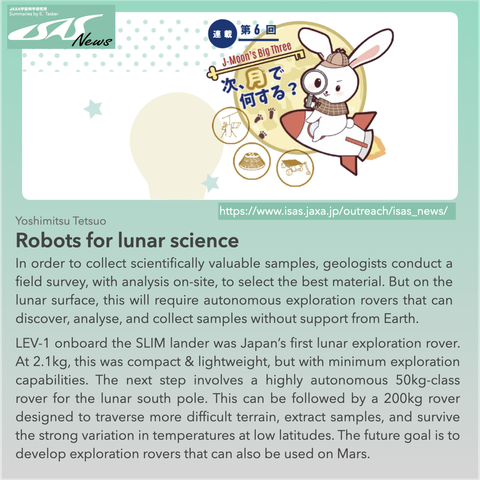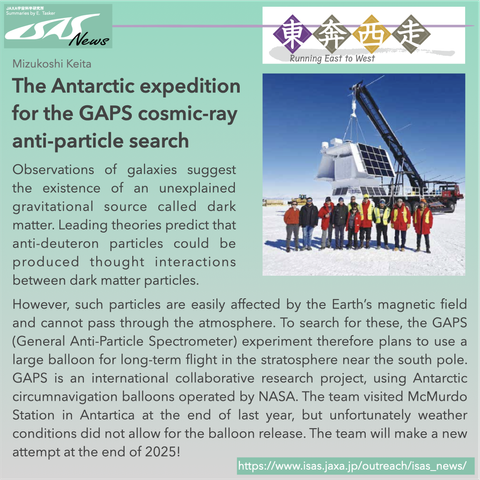Cool ideas in #JAXA #ISASNews this month, including avoiding the "7 minutes of terror" by taking an inflatable down to the surface of Mars, robots to collect lunar samples, a search for dark matter signatures above Antartica, and pondering on the changes the pandemic brought to society.
The full stories (in Japanese) are here: https://www.isas.jaxa.jp/outreach/isas_news/2025/



